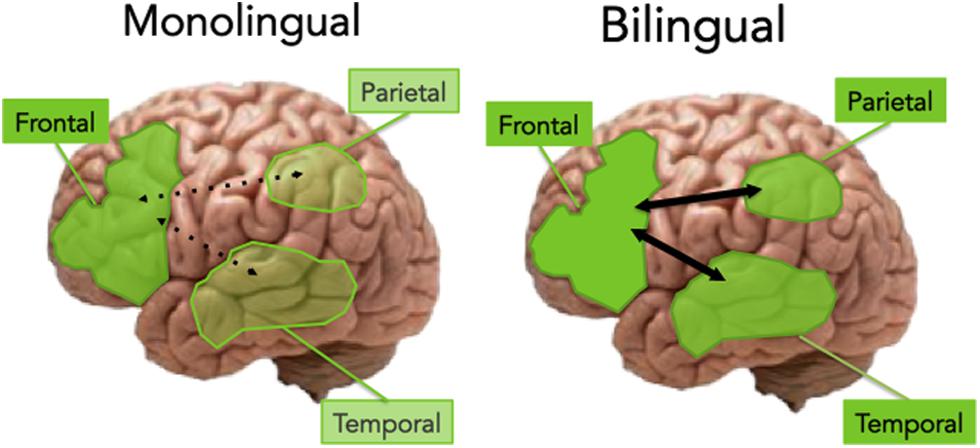Bilingualism
When deciding what language of intervention to use when working with bilingual children with ASD, it is crucial to first understand the factors that affect bilingual language development. A child’s language development and acquisition reflects a combination of the input or exposure and the output or usage of language (Hammer, Komaroff, Rodriguez, Lopez, Scarpino, & Goldstein, 2012). The age of exposure, length and rate of exposure to the language, the educational settings, and the use of the language may affect a child’s language abilities. Bilinguals may learn the second language simultaneously or sequentially, depending on when the second language is presented. According to McLaughlin (1978) simultaneous bilingual acquisition is when children are exposed to the second language from birth and sequential bilingual acquisition is when children are exposed to the second language after the age of 3. A study that surveyed 191 Latino families to examine the aspects that affect bilingual children’s language abilities in their two languages found that children’s exposure to and usage of the two languages played a highly important role in their language development (Hammer et al., 2012). Results from this study suggest that children’s language use influenced their language abilities, e.g. children who spoke more English had greater English vocabularies and children who spoke more Spanish had greater Spanish vocabularies. There is evidence suggesting that, in bilinguals, two languages are represented in a single system by interacting in a dynamic way and being interconnected via lexical-level links and conceptual links (Gutierrez-Clellen, 1999). Bilingualism is considered a dynamic single system in which the first language (L1) and the second language (L2) are constantly interacting, rather than having two separate language systems for each (Goldstein, 2012). Lexical and conceptual links refer to the distribution of the total vocabulary and conceptual representation across the two languages (Goldstein, 2012). Many professionals believe that exposing children to two languages will require more effort to develop language skills and will limit the acquisition of the L2 (Yu, 2013; Gutierrez-Clellen, 1999). However, these professionals are not considering the dynamic interaction of the two languages and the sharing of common processes.

Bilinguals

